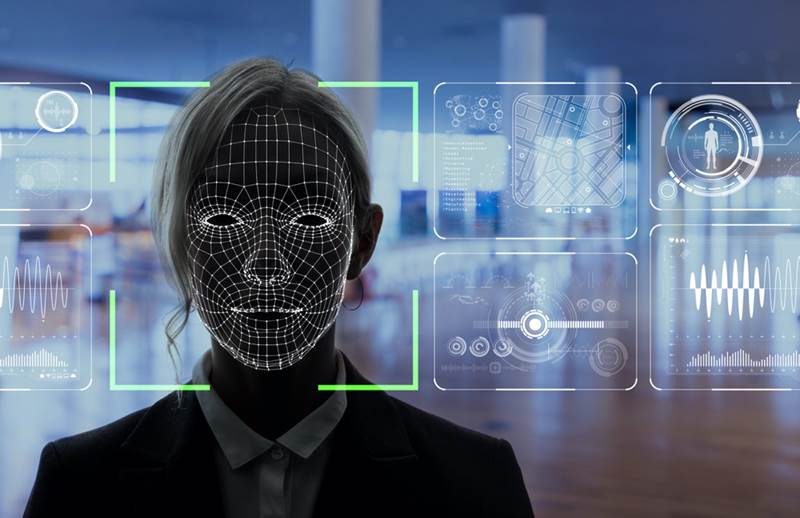3D sensing technology is an exciting new development that has the potential to revolutionize the way we interact with the world around us. This technology allows devices to detect and track the position of objects in three-dimensional space, which opens up a whole new range of possibilities for how we can interact with our environment.

One of the most promising applications of this technology is in the field of augmented reality (AR). This is where 3D sensing can be used to overlay digital information onto the real world, providing a more immersive and interactive experience.
For example, imagine being able to see digital directions superimposed over the real world as you walk, or being able to view an augmented reality version of a product before you buy it.
This technology is still in its early stages, but its potential applications are endless. It will be interesting to see how this technology develops over the coming years and what new and exciting applications it will enable.
What is 3d sensing technology?
It is a cutting-edge technology that allows devices to capture and interpret 3D data. This data can be used for a variety of purposes, including facial recognition, object detection, and navigation.
3D sensing technology is based on a number of different technologies, including time-of-flight (ToF) sensors and stereo vision.
Benefits of 3d sensing technology
The benefits of 3D sensing technology have been widely publicized in recent years. This technology allows for more accurate measurements of objects and environments, as well as increased safety and efficiency in many industries.
Some of the most well-known benefits of 3D sensing technology include:
- Increased accuracy: 3D sensing technology is much more accurate than traditional methods of measuring objects and environments. This is because it uses three-dimensional data to create a more accurate representation of an object or space.
- Increased safety: 3D sensing technology can be used to create safer working conditions in many industries. For example, it can be used to scan for potential hazards in a construction site before work begins.
Applications of 3d sensing technology
3D sensing technology is used in a variety of applications, including medical imaging, security and surveillance, and manufacturing.
In medical imaging, it can be used to create 3D images of organs and tissues, which can be used to diagnose and treat diseases.
In security and surveillance, 3D sensing technology can be used to create 3D images of people and objects, which can be used to detect and track potential threats.
In manufacturing, you can be used to create 3D images of products, which can be used to improve quality control and create customized products.
3d sensing technology application in Consumer Electronics
3D sensing technology is used in a variety of consumer electronics devices to provide interactive and immersive user experiences. 3D sensing can be used to track hand and finger motions, as well as to create realistic 3D images of objects.
This technology is used in gaming devices to provide an enhanced gaming experience, and in virtual reality, headsets to create a more realistic and immersive VR experience. It is also used in mobile devices such as smartphones and tablets to provide innovative and interactive user experiences.
3d sensing technology application in Automotive
3D sensing technology is increasingly being used in automotive applications to improve safety and efficiency. One example is its use in autonomous vehicles, where 3D sensing can be used to detect and avoid obstacles.
Additionally, 3D sensing can be used in driver assistance systems to provide a 360-degree view of the surroundings and enable features such as automatic braking and lane departure warnings.
3D sensing is also being used in infotainment systems to create immersive experiences, such as augmented reality navigation. As 3D sensing technology continues to evolve, its applications in the automotive industry are expected to expand significantly.
3d sensing technology application in Drones
3D sensing technology is increasingly being used in automotive applications to improve safety and efficiency.
One example is its use in autonomous vehicles, where 3D sensing can be used to detect and avoid obstacles. Additionally, 3D sensing can be used in driver assistance systems to provide a 360-degree view of the surroundings and enable features such as automatic braking and lane departure warnings. 3D sensing is also being used in infotainment systems to create immersive experiences, such as augmented reality navigation.
As 3D sensing technology continues to evolve, its applications in the automotive industry are expected to expand significantly.
Widget Applications
3D sensing technology is increasingly being used in a variety of widget applications. This technology enables widgets to interact with their surroundings and provides a more immersive user experience.
Here are some examples of how 3D sensing technology is being used in widget applications:
3D scanning: Widgets can now be 3D scanned to create a virtual model of the object. This can be used for a variety of purposes, such as creating a 3D model of a person’s face for facial recognition.
3D Navigation: 3D sensing technology can be used to enable widgets to navigate their surroundings. This can be used to create a more immersive gaming experience or to help a widget find its way around a room.
Conclusion
In summary, the new sensors suggest a promising future for machine learning and artificial intelligence. From autonomous cars to robots, these sensors could help machines understand and interact with the physical world more efficiently.













